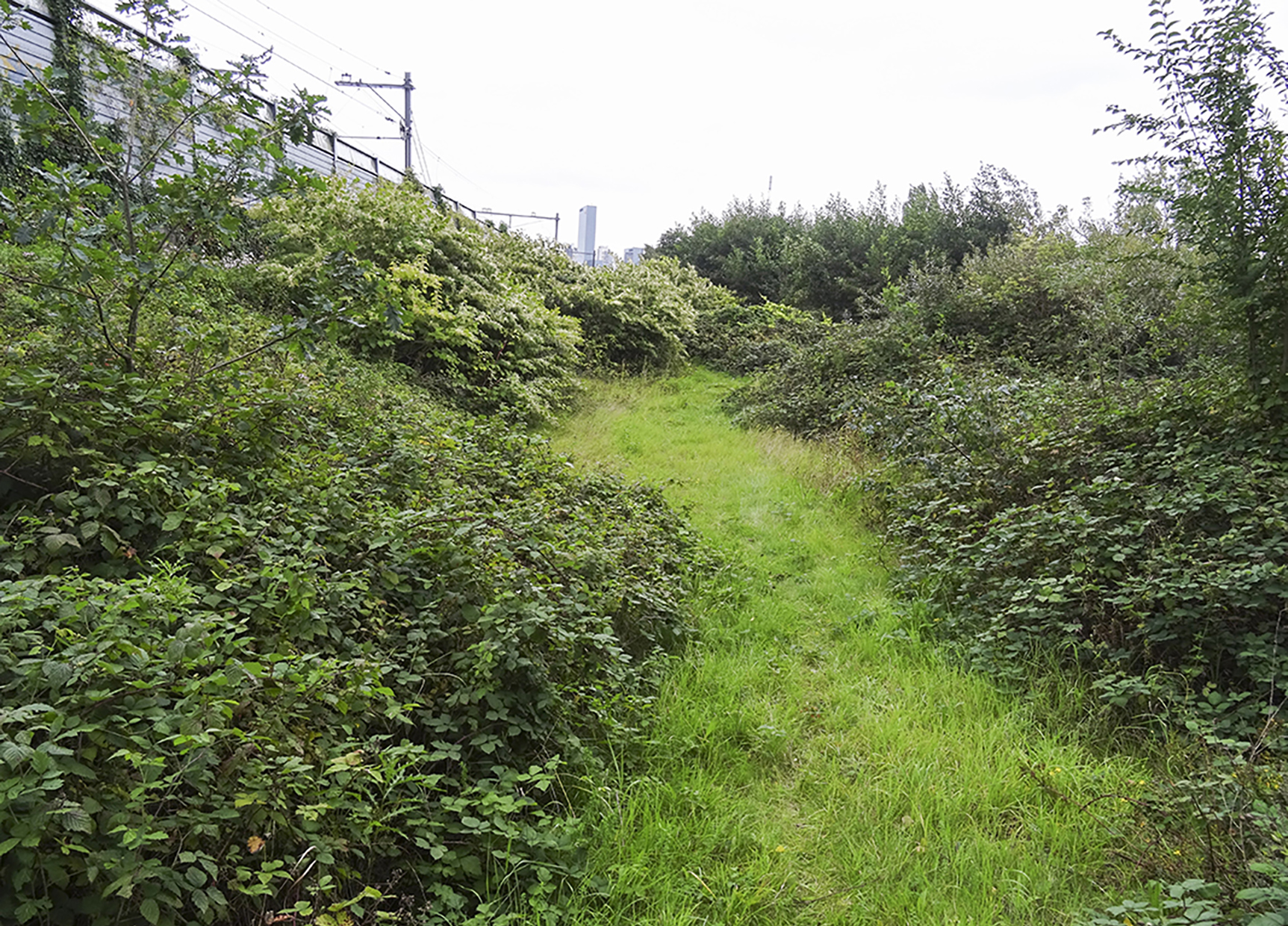atlantis
In four consecutive issues Atlantis magazine explores the different -topias: utopia, atopia, dystopia, heterotopia.
Similar to other better known -topias, atopia is first and foremost a critical method, meant to provide an insight about society and its related spaces. First coined by Vittorio Gregotti in 1991, atopia is a non-place, typical of the hypermodern urban conditions in which space escapes the traditional definitions by borders, local identity or other embedded markers. However, observing atopias is far less straight forward than the other aforementioned critical methods. Some find them in the late capitalist repetition of material space, some in the transformative moments between deconstruction and reconstruction, and some in ephemeral or hyperreal landscapes with a lack of physical existence.
urban interstices. from atopia to heterotopia
Other than utopia and dystopia, atopias can be real spaces (although the word non-place implies they are not). There are different ways in which these locations are considered not to be a place. One end of the spectre describes anonymous spaces that are generic and interchangeable, like airports, as in the original definition by Marc Augé (1992, 122). On the other end are there are those leftover, undefined spaces that that are hard to read and have no clear meaning or use. These spaces are a consequence of the transition from clearly defined cities surrounded by open landscape into the contemporary metropolitan landscape, which is a contiguity of urban and landscape fragments, networks, programs that are ill-connected, leading to all sorts of gaps, chinks, margins and residues.
Such atopias are also often inaccessible and unwelcoming. What if we could transform these atopias into heterotopias, or other places, sheltered places that are contrary to their surroundings, and at the same time mirroring, reflecting them, as Michel Foucault wrote (1997, 352)? Such a place is the Essenburgpark in Rotterdam. This once inaccessible, neglected fringe where the railway cuts through the centre of Rotterdam, has been claimed by the local residents, who added subtle elements such as an entrance, a narrow bridge and stepping stone, just enough to give a hint to the passers-by that they are allowed to enter and explore this wild place, transforming the atopia into a heterotopia.
Whereas in the metropolitan landscape, ‘outside’ - in the sense of outside the landscape which is regulated, accessed and controlled by humans - is rapidly disappearing, in the interstices between the urban fabric a new form of ‘outside’ can be found: in the holes and interstices of the metropolitan landscape itself. These gaps between urban tissues allow us glimpse of the landscape underneath and make it possible to appreciate the landscape space by bringing it within the visual, physical and conceptual reach of the city dweller, face to face with natural processes, the longue durée of evolution and natural growth, with silence and emptiness. As much as such locations are expressions of the metropolitan landscape, at the same time they provide an escape from it.
They are disconnected from the regulated spaces of society and as such, they allow for the unexpected and the unregulated, for alternative and surprising uses and meaning. Thus, these spaces also become spaces of coexistence where people ‘encounter people like themselves and others who are extremely different, activities they may expect and ones unanticipated’ (Franck & Stevens, 2006, 19), as well as unexpected encounters with non-humans, realizing a cosmopolitics ‘without recourse to old binaries of nature and society’ (Hinchliffe, 2005,643).
Augé, M. Non-places: introduction to an anthropology of supermodernity. (Le Seuil: Verso, 1992).
Franck, K. & Stevens, Q. Loose space: possibility and diversity in urban life (Routledge, 2006).
Foucault, M. ‘Of Other Spaces: Utopias and Heterotopias,’ in: Rethinking Architecture; A Reader in Cultural Theory, ed. N. Leach (London: Routledge, 1997).
Hinchliffe, S., Kearnes, M. Degen, M. & Whatmore, S., ‘Urban wild things: A cosmopolitical experiment,’ Environment and Planning D: Society and Space, 23 (2005), 643–658.
In Atlantis 34.1 2023.
